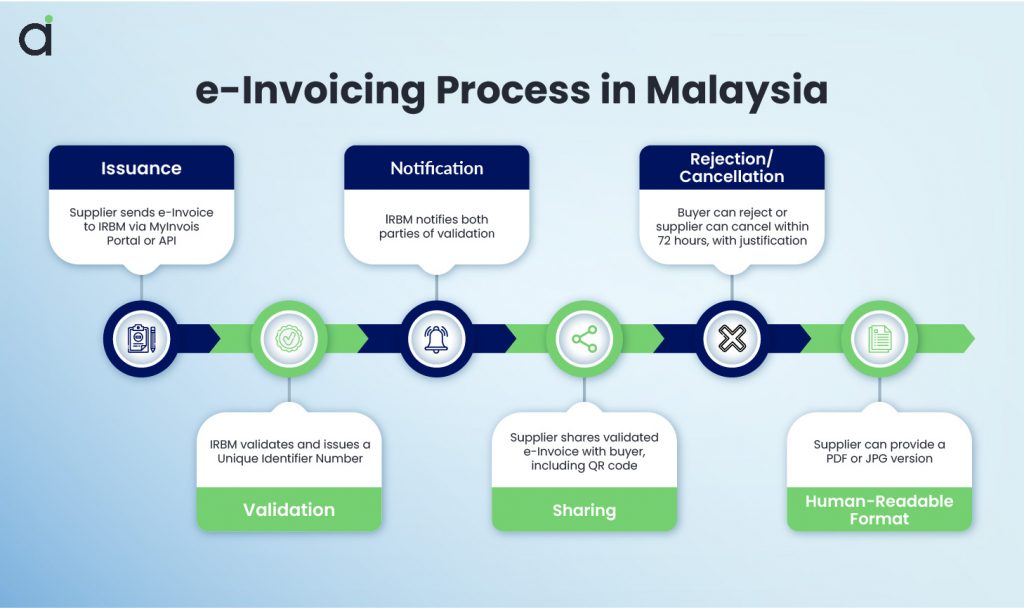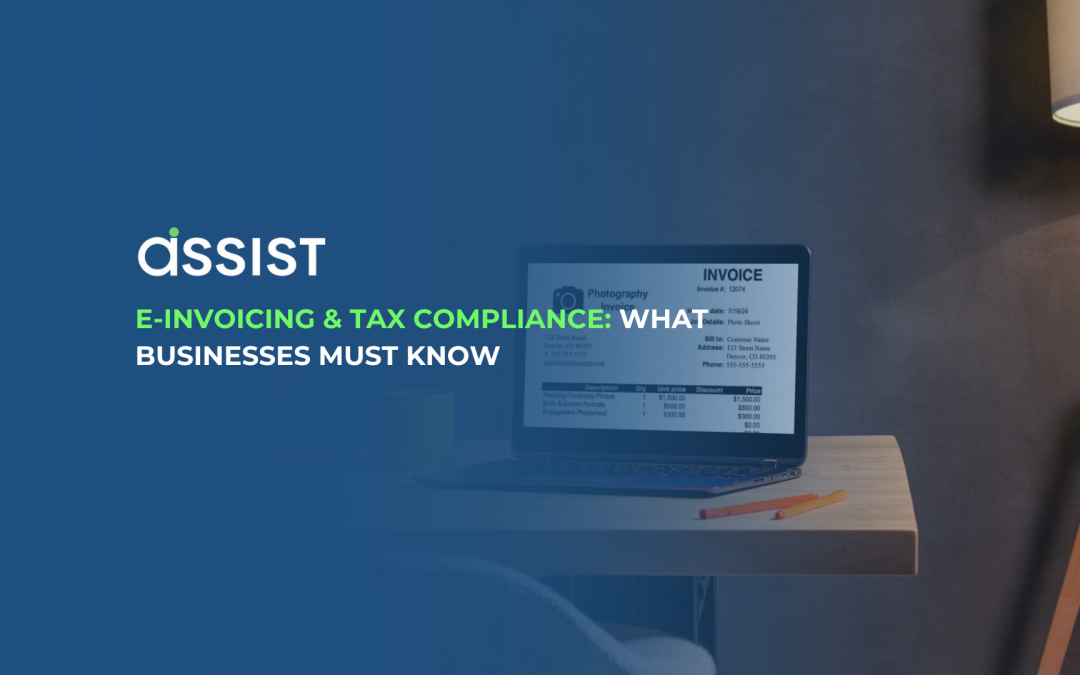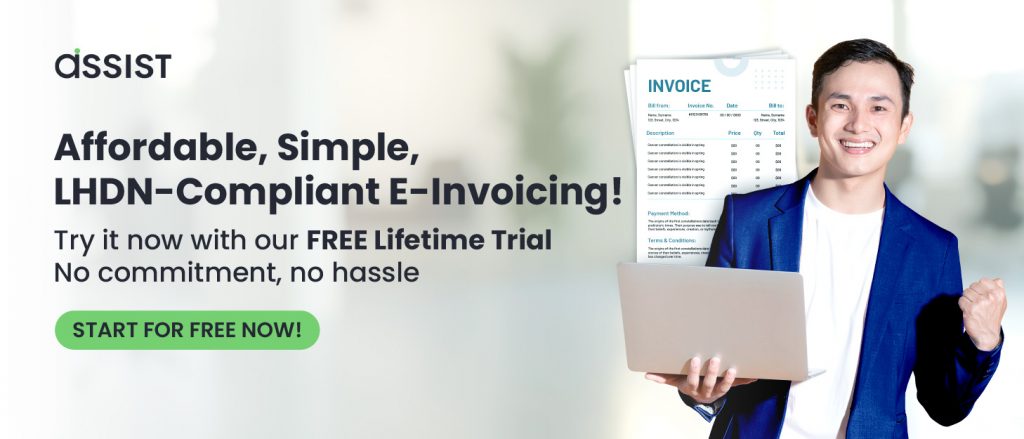With the rapid shift toward digital transformation, businesses worldwide are adopting e-invoicing to streamline transactions and ensure tax compliance. Governments are also enforcing stringent regulations to curb tax evasion and improve transparency. But what does this mean for your business? In this article, we’ll explore the essentials of e-invoicing, its role in tax compliance, and how to prepare your business for the transition.
What Is E-Invoicing?
E-invoicing refers to the electronic generation, exchange, and processing of invoices between businesses and tax authorities. Unlike traditional paper invoices or PDFs sent via email, e-invoices are structured digital documents that comply with government regulations and are processed automatically through electronic invoicing systems.
Key Features of E-Invoicing
Automated Data Exchange: Eliminates manual entry errors and improves accuracy.
Tax Compliance Integration: Ensures invoices align with regulatory requirements.
Real-Time Tracking: Allows businesses and tax authorities to monitor transactions efficiently.
Cost Reduction: Reduces expenses related to printing, storage, and processing.

The Importance of E-Invoicing for Tax Compliance
Governments worldwide are mandating e-invoicing to improve tax compliance and combat fraud. Failure to comply with these regulations can result in hefty penalties and legal complications.
How E-Invoicing Supports Tax Compliance
- Automatic Tax Calculation: Ensures accurate application of Value Added Tax (VAT) or Goods and Services Tax (GST).
Secure and Tamper-Proof Records: Reduces the risk of fraud or invoice manipulation.
Real-Time Reporting: Many tax authorities require invoices to be reported in real-time, reducing errors and delays.
Standardized Formats: Ensures all invoices follow a consistent format, making audits easier.
Global E-Invoicing Regulations
E-invoicing regulations vary by country, and staying compliant requires businesses to stay updated on local laws. Here are a few notable examples:
European Union: The EU has implemented PEPPOL (Pan-European Public Procurement On-Line) standards for cross-border transactions.
United States: While e-invoicing is not federally mandated, states are moving towards digital tax reporting.
India: Businesses exceeding a specific turnover must issue e-invoices through the GST Network (GSTN).
Brazil: Uses Nota Fiscal Eletrônica (NF-e) for real-time reporting to tax authorities.
How to Implement E-Invoicing in Your Business
Transitioning to e-invoicing requires proper planning and execution. Here are the steps to ensure smooth adoption:
1. Choose the Right E-Invoicing Software
Look for a solution that supports automation, compliance, and real-time integration with tax authorities. Popular e-invoicing platforms include SAP, QuickBooks, and Zoho Invoice.
2. Ensure Compliance with Local Regulations
Check if your country mandates specific e-invoicing formats and reporting structures. Integrate your invoicing system with the tax authority’s portal if required.
3. Train Your Team
Educate your finance and accounting teams on the benefits and usage of e-invoicing software to ensure a seamless transition.
4. Integrate with Your Accounting System
Sync your e-invoicing platform with Enterprise Resource Planning (ERP) or accounting software to streamline tax calculations and financial reporting.
5. Monitor and Optimize
Regularly audit your e-invoicing process to identify and fix errors, ensuring ongoing compliance.
Benefits of E-Invoicing for Businesses
Faster Payments: Reduces invoice processing time, leading to quicker payments.
Improved Accuracy: Minimizes errors caused by manual data entry.
Environmental Benefits: Cuts down on paper usage, supporting sustainability.
Better Cash Flow Management: Real-time tracking helps manage accounts receivable efficiently.
Conclusion
E-invoicing is not just a regulatory requirement—it’s a game-changer for business efficiency and tax compliance. By embracing digital invoicing, businesses can reduce costs, eliminate errors, and stay ahead of changing regulations. Start your transition today by selecting the right e-invoicing solution and ensuring compliance with tax laws in your region.
🚀 Simplify Your Invoicing—Go Digital with Assist E-Invoice Software!
Tired of manual errors, tax headaches, and delayed payments? Assist E-Invoice Software is your all-in-one solution for seamless, automated, and compliant invoicing.
✅ Effortless Tax Compliance – Stay ahead of regulations with real-time accuracy.
✅ Smart Automation – Say goodbye to tedious data entry and hello to efficiency.
✅ Instant Invoicing – Generate, send, and track invoices in just a few clicks.
Don’t let outdated processes slow you down. Upgrade to a smarter, faster, and error-free invoicing experience today! 🚀
Click here to read more about frequently asked questions regarding E-Invoicing.
Frequently Asked Questions (FAQ)
What is e-invoicing, and how does it work?
E-invoicing is the process of electronically generating, exchanging, and processing invoices between businesses and tax authorities. It ensures compliance, reduces errors, and automates tax reporting.
Is e-invoicing mandatory for all businesses?
E-invoicing regulations vary by country. Some governments mandate e-invoicing for businesses exceeding a specific turnover, while others encourage voluntary adoption.
What are the benefits of e-invoicing for tax compliance?
E-invoicing helps businesses comply with tax regulations by automating tax calculations, ensuring real-time reporting, and providing tamper-proof records.
How can my business implement e-invoicing?
To implement e-invoicing, choose a compliant e-invoicing software, integrate it with your accounting system, train your team, and monitor compliance regularly.
How does Assist E-Invoice Software help with tax compliance?
Assist E-Invoice Software automates invoicing, ensures regulatory compliance, and provides real-time tax reporting, making it easier for businesses to stay compliant and efficient.


Recent Comments